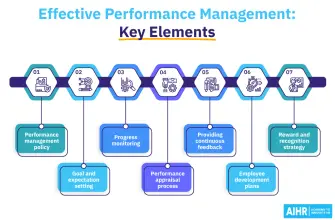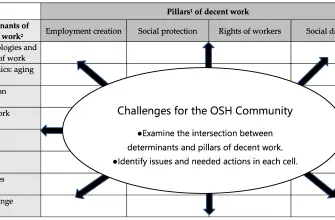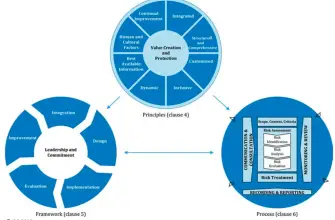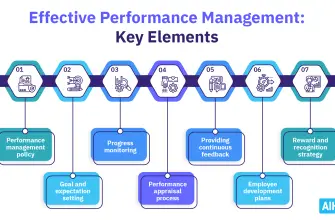In today’s fast-paced world, the traditional 9 to 5 work schedule is no longer the norm. Many businesses operate around the clock, necessitating the use of shift work. Understanding shift work patterns is crucial for employers to ensure smooth operations, employee satisfaction, and optimal productivity. This comprehensive guide will delve into the meaning of shift work, various shift work patterns, their benefits, and challenges, and how to implement them effectively in your organization.
Understanding Shift Work
The meaning of shift work refers to a work schedule that falls outside the traditional 9 to 5 day. It involves different employees working in shifts to ensure 24/7 coverage. Shift work can include morning, afternoon, and night shifts, often referred to as the first, second, and third shifts, respectively. The work shift meaning can also extend to include split shifts, where an employee’s workday is broken up into two or more periods separated by non-paid time off.
Common Shift Work Patterns
There are numerous shift work patterns that employers can implement, each with its unique characteristics. Here are some common examples:
- 8 Hour Shift: This is the traditional shift, where employees work for 8 hours a day, typically from 9 am to 5 pm or in a rotating roster meaning they switch between morning, afternoon, and night shifts.
- Rotating Shift: In a rotating shift, employees move through a schedule of day, swing, and night shifts. This can be fast (changing shifts every few days) or slow (changing shifts every few weeks).
- Fixed Shift: Employees work the same shift consistently. This can be any shift, including day, swing, or night.
- Split Shift: An employee’s workday is split into two or more periods. For example, they might work from 8 to 12 in the morning and then from 4 to 8 in the evening.
- On-Call Shift: Employees are on-call during certain hours and must be available to work if needed.
Examples of Shift Work Patterns
There are numerous ways to organize shift work, and the best pattern depends on the specific needs of your business and employees. Here are some examples:
- 5×8 Schedule: This schedule involves five 8-hour shifts per week. It’s the traditional work schedule most people are familiar with.
- 4 Days On, 3 Days Off: Employees work four consecutive 10-hour days, followed by three days off.
- 3 On 3 Off Shift Pattern: This pattern involves three days of work followed by three days off, ensuring employees get regular breaks.
- 2-2-3 Rotating Schedule: Employees work two days, have two days off, work three days, and then have two days off. The pattern then repeats.
- 7/7 Roster: Employees work seven days on, then have seven days off. This pattern is common in industries like healthcare and mining.
Benefits and Challenges of Shift Work
Shift work offers several benefits, including increased productivity, improved customer service, and the ability to operate 24/7. However, it also presents challenges, such as potential health impacts for employees and the complexity of managing shift schedules.
Implementing Shift Work
When implementing shift work, it’s essential to consider the needs of your business and your employees. Here are some tips:
- Use a shift work calendar or shift rota planner to organize schedules.
- Consider using a shift pattern generator or a 4 person schedule rotation generator to automate the scheduling process.
- Communicate clearly with employees about their schedules and any changes.
- Consider the health and wellbeing of your employees. For example, rotating shifts can disrupt sleep patterns, so it’s essential to allow enough time for rest between shifts.
In conclusion, understanding shift work patterns is crucial for any business that operates outside the traditional 9 to 5 schedule. By considering the needs of your business and your employees, you can implement a shift work schedule that maximizes productivity while ensuring employee satisfaction and wellbeing.







